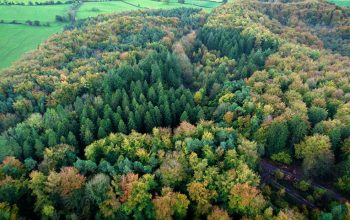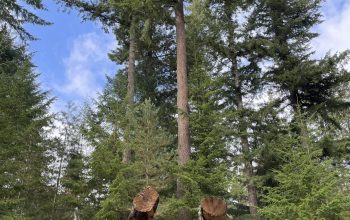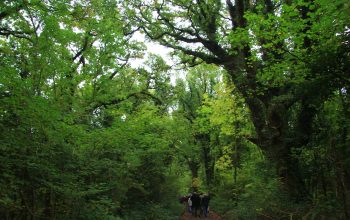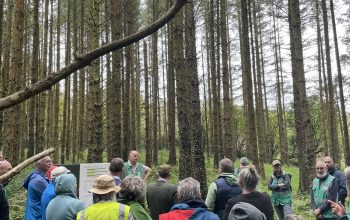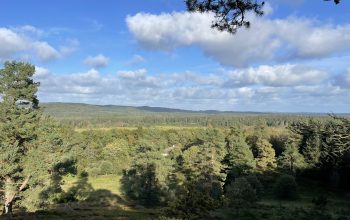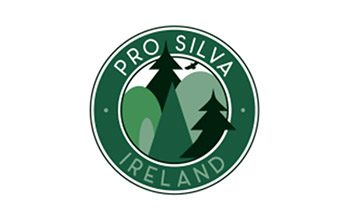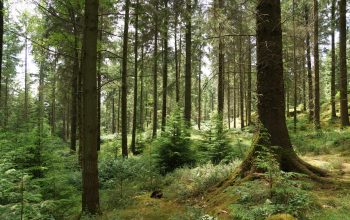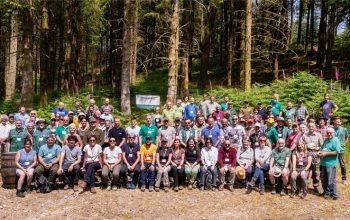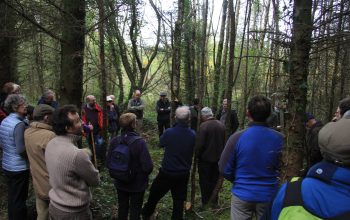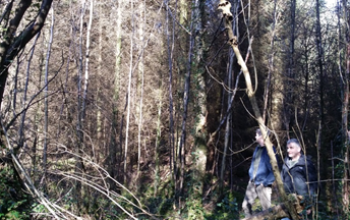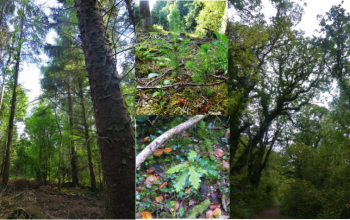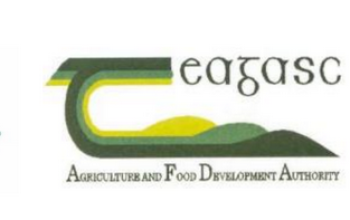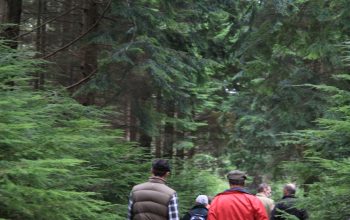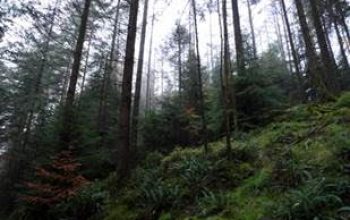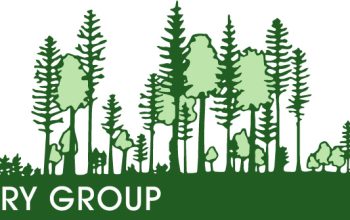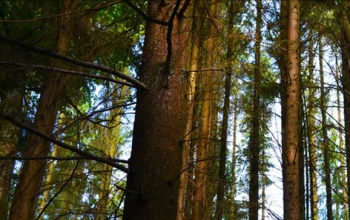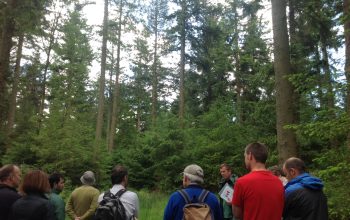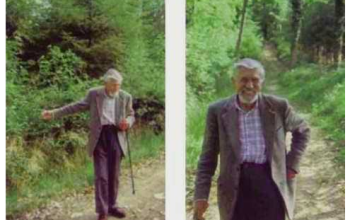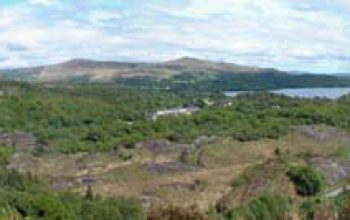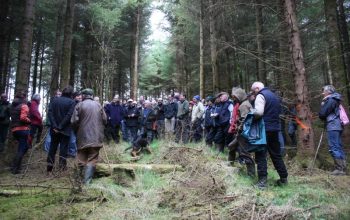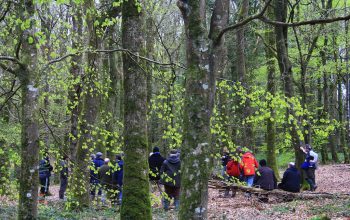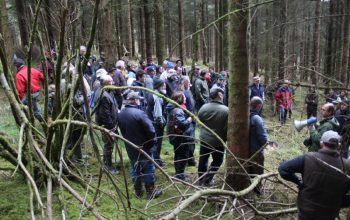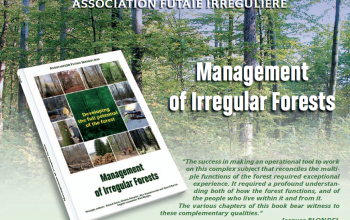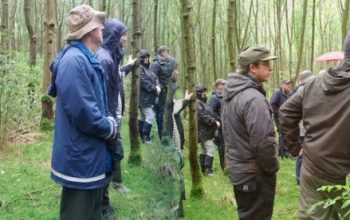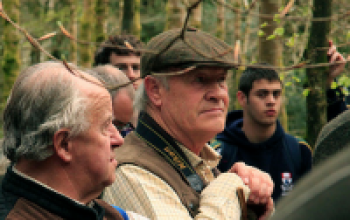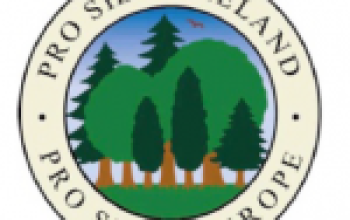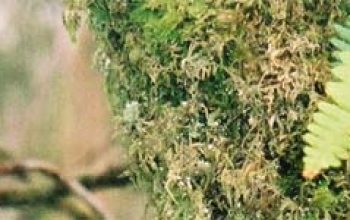 Stichting Probos has just published an extensive guide on cultural heritage of forests in English, German and French. The goal of the guide is to transfer the enthusiasm and passion for the subject and the knowledge that has been developed over the last decade in the Netherlands, to forest managers and forest owners in other countries.
Stichting Probos has just published an extensive guide on cultural heritage of forests in English, German and French. The goal of the guide is to transfer the enthusiasm and passion for the subject and the knowledge that has been developed over the last decade in the Netherlands, to forest managers and forest owners in other countries.
Nearly all forests in Europe are the outcome of the work of many
generations, each of which has left its traces which can still be found in the forest today. Examples may include: boundary banks and dykes, celtic fields, burial mounds, charcoal-burning platforms, saw pits, kilns, features associated with game management and forestry, ancient wood pastures, historic planted forests, stands of old
industrial or pre-industrial coppice, coppice with standards, pollards, shredded or other ‘working trees’ for the production of acorns, fodder, tar, resins and other products.
Across Europe these kind of valuable forest sites and historical artefacts are being damaged in routine forest management activities. This usually happens unintentionally due to a lack of attention for cultural heritage in forestry and a lack of experience in integrating cultural heritage in forest management. Forest managers and forest owners are in general not aware of all historical artefacts that can be found in their forests.
p
In the Netherlands, cultural heritage has received considerable attention from forest managers during recent years. Research is being conducted into the history of many different forest areas and the cultural heritage is subsequently being mapped out. Historical forest landscapes or individual historical elements are also being restored in many different places. Stichting Probos has been devoting a great deal of energy into highlighting this cultural heritage and transferring knowledge to forest managers and other people who are directly or indirectly involved with forest management in the Netherlands. It is now time to share this knowledge with other countries.
The main target group of the guide are forest managers and other people who are directly or indirectly involved in forest management, including researchers, policy makers, students, volunteers and such like. In order to make the guide as recognizable as possible for forest managers in various countries, examples from other European countries are presented. The guide is mainly about forests. It goes without saying however, that the information can certainly also prove relevant for research into thehistory of other natural areas and even the current agricultural landscape.
The guide has been produced with financial support from the Collaboration Fund of the Programme for the Endorsement of Forest Certification (PEFC), the Province of Gelderland (the Netherlands) and Stichting Probos.
Order information
Cultural heritage in sustainable forest management (Softcover, 88 pages, full color)
Patrick Jansen, Mark van Benthem, Casper de Groot, Martijn Boosten
ISBN 978-90-74277-228
mail@probos.nl / www.probos.nl
Price: € 12 including postage (within Europe)
Please contact Mark van Benthem for questions, photographs or a (free) copy for review:
Stichting Probos
P.O. Box 253
NL-6700 AG Wageningen
The Netherlands
t: +31(0)317 466560
e: mark.vanbenthem@probos.nl
 About Stichting Probos
About Stichting Probos
Probos is an independent non-profit institute for forestry, forest products and services, established in 1965. Probos strives for a sound balance between the different forest services and values and a sustainable financial basis for forest management. Probos’ main fields of expertise are: sustainable forest management (SFM), afforestation, cultural heritage in forests, biomass production and procurement, timber market intelligence, certification of SFM and Chain of Custody (CoC), Green Public Procurement and specialised ICT services (forest data). Through applied research, pilotprojects, information activities (seminars, field excursions, websites, publishing books and articles)
Probos enhances the know-how and awareness on these issues in the forestry and timber sector in the Netherlands and abroad.





